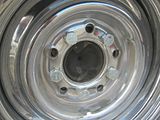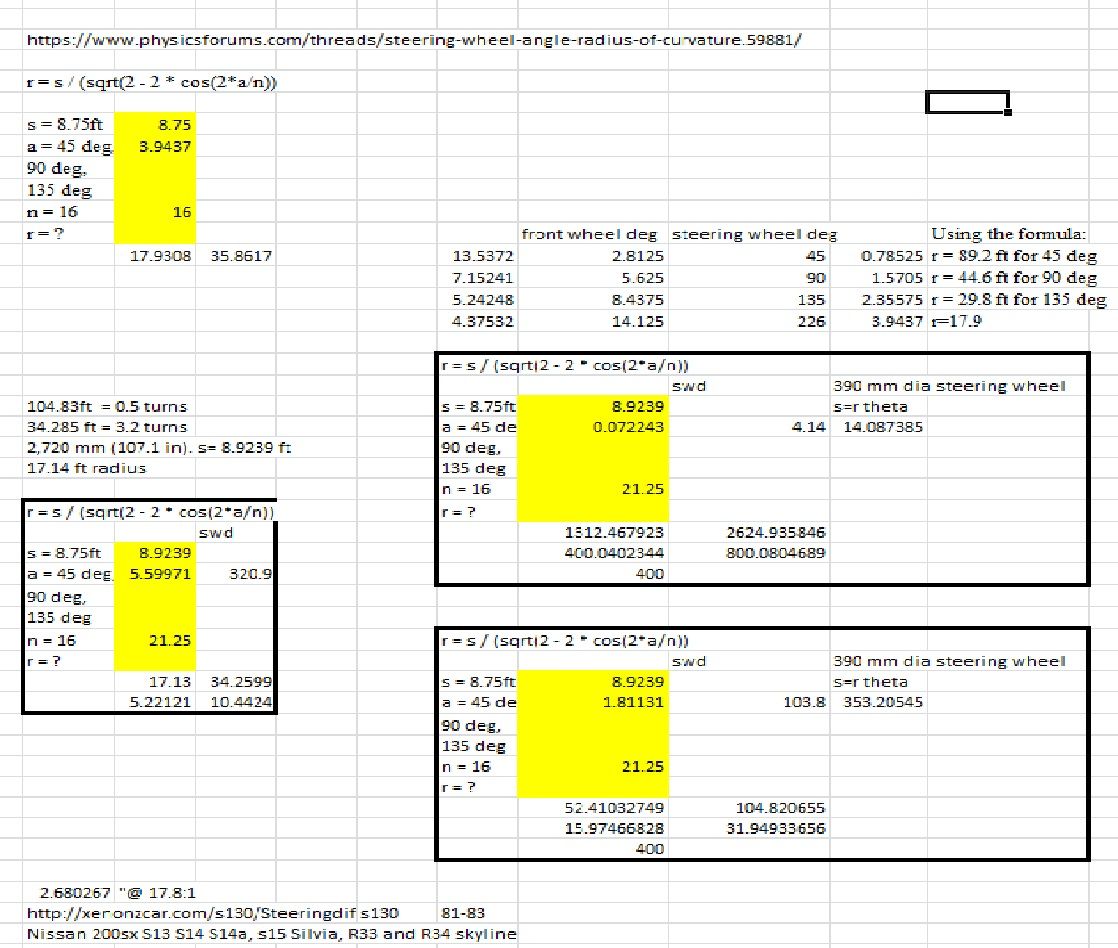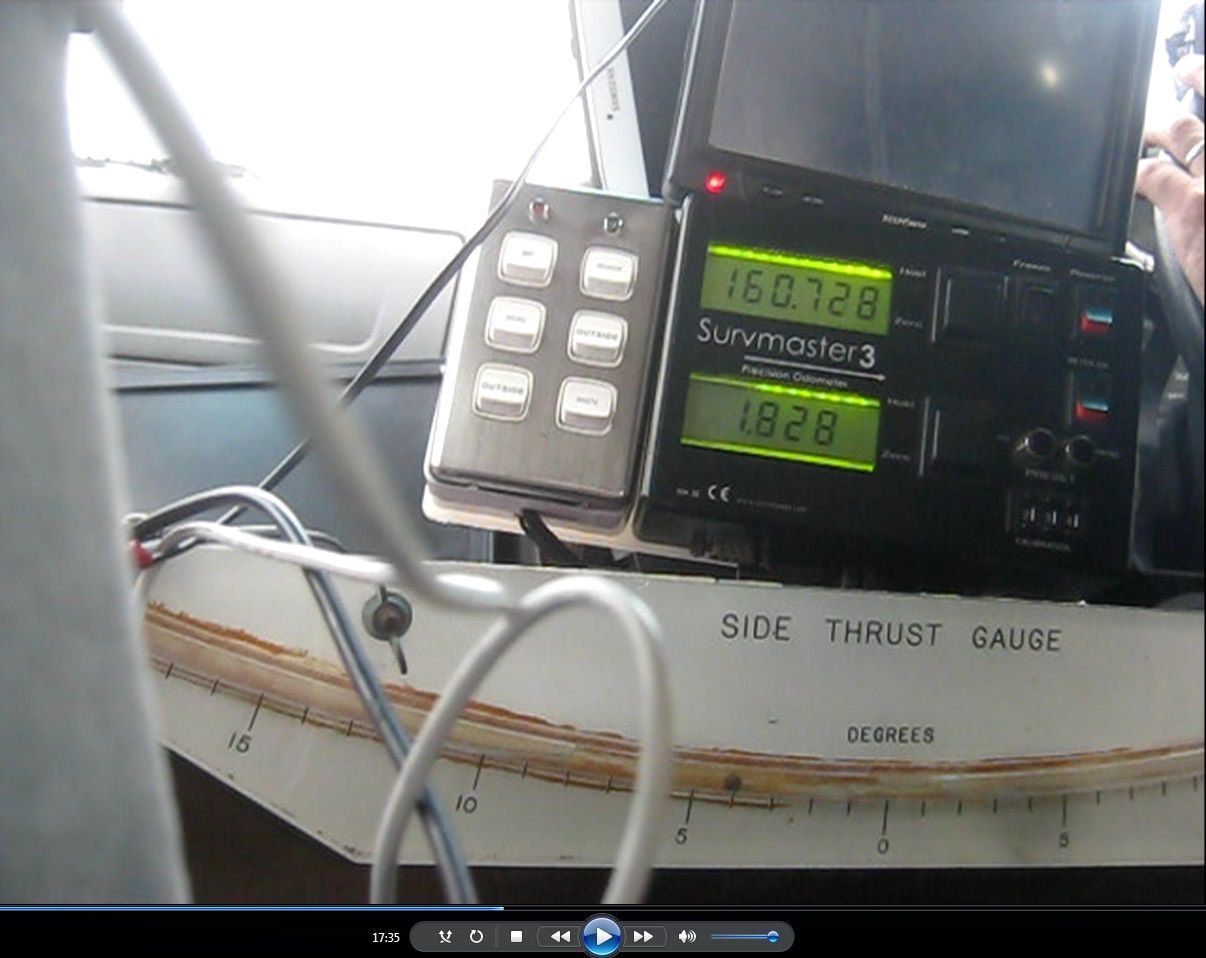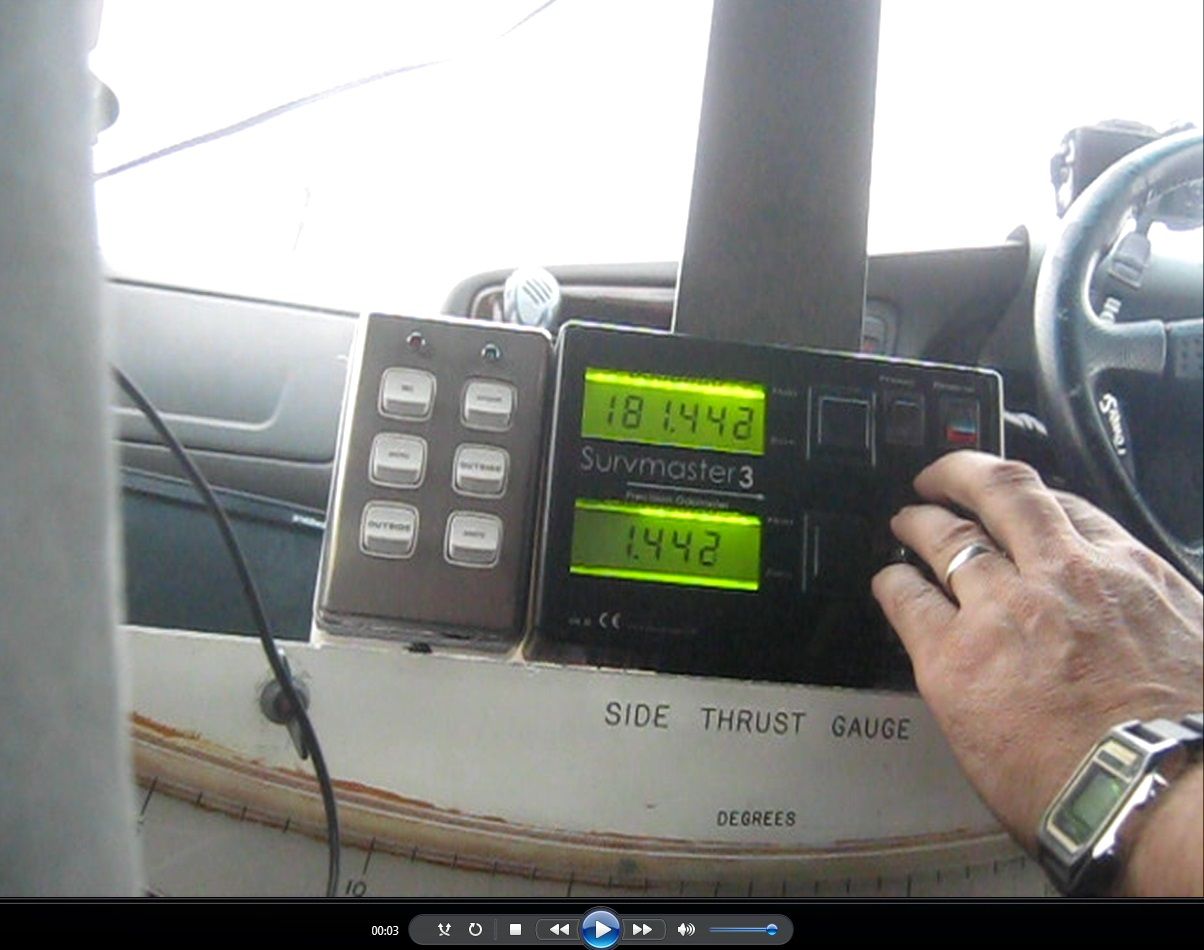Here are the 98 UR Explorer rims on my RAV4.




Weight saving using the Ford rim on each wheel is 12 pounds per wheel, even though the Explorer rims are 16 x 8, and the G-spec Rav4 is 16 x 6.5 J. Toyota bolts fit without issue to the Explorer rim, and a 2.75" centre cap fit, the Ford cap can be made to fit. The RAV 4 automatic has a large alloy intrusion on the left hand side, so the Explorer rims help with inner gaurd clearance, and with 27 " tall in the 235/60 16's size I use, they are a neat fit.
For the Mustang, I'm planning to use redrilled stud bolts as per common GM practice. Unlike these conversions to this stud bolted wheel,

Spacers if not fitted from factory, can be black flagged as illegal down here, so I'm looking at redrilling the stock four stud Fox hub to 4.5",and that will allow me to fit transferrable Eurobien EB's or Explorer 16 x 8 JJ to the RAV4 or Mustang, total movement of 16 x 8 rims to any three cars I can use.





 Reply With Quote
Reply With Quote













Connect With Us